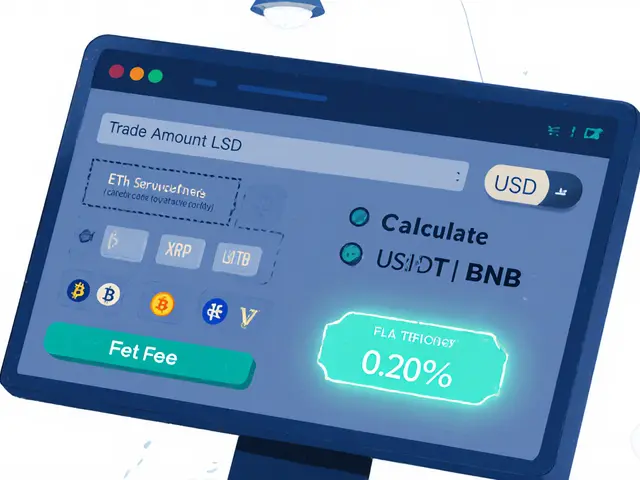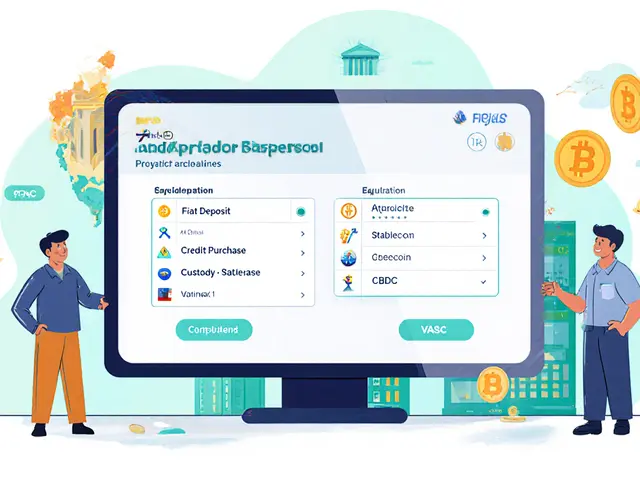Decentralized Exchange (DEX) Overview
When exploring decentralized exchange, a peer‑to‑peer platform that lets users swap crypto assets without a central intermediary. Also known as DEX, it runs on smart contracts, self‑executing code stored on a blockchain that enforces trade rules automatically and relies on automated market makers, algorithms that price tokens using pooled liquidity instead of traditional order books. The liquidity that fuels these AMMs sits in liquidity pools, collections of token reserves contributed by users who earn fees for providing trade depth. In short, a DEX enables trustless swapping, a liquidity pool provides capital efficiency, and an AMM determines price without a market maker. This trio forms the backbone of modern decentralized finance.
Why Decentralized Exchanges Matter
First, DEXs give you full control of your funds. Unlike centralized platforms that hold private keys, a DEX lets you stay in possession of your wallet, which means you’re not exposed to exchange hacks or sudden freezes. Second, the permissionless nature of smart contracts opens the market to anyone with an internet connection; no KYC, no paperwork, just a compatible wallet. Third, AMMs create continuous liquidity, so you can trade even obscure tokens that would never see an order book on a traditional exchange. Finally, liquidity providers earn a share of the trading fees, turning idle crypto into a passive income stream. Together, these attributes make a DEX a powerful tool for both casual traders and DeFi power users.
Regulators are starting to notice this shift. Some countries are drafting rules that target AML compliance for crypto platforms, while others focus on protecting users from faulty smart contracts. Understanding the legal landscape helps you choose a DEX that balances freedom with safety. For example, platforms that undergo formal audits and publish bug‑bounty programs usually offer a higher security ceiling. At the same time, newer AMM designs—like concentrated liquidity or dynamic fee models—are trying to solve price‑impact problems that early DEXs faced. As these innovations roll out, the core principles stay the same: trustless execution, community‑driven liquidity, and open access.
Below you’ll find a hand‑picked collection of articles that dive deeper into each piece of the puzzle. Whether you’re looking for a hands‑on review of a specific DEX, a step‑by‑step guide to claim an airdrop, or an analysis of how regional regulations affect decentralized trading, the posts cover the whole spectrum. Keep reading to see how the concepts we just discussed play out in real‑world tools and market moves.
A detailed review of Raydium LaunchLab, covering its features, fees, security, comparison with Pump.fun, and who should use it on the Solana blockchain.
An in‑depth Azurswap crypto exchange review covering safety, fees, liquidity, and how it stacks up against Uniswap and PancakeSwap for 2025.
A 2025 review of Uniswap v2 on Arbitrum covering fees, liquidity, security, user experience, and how it stacks up against v3.


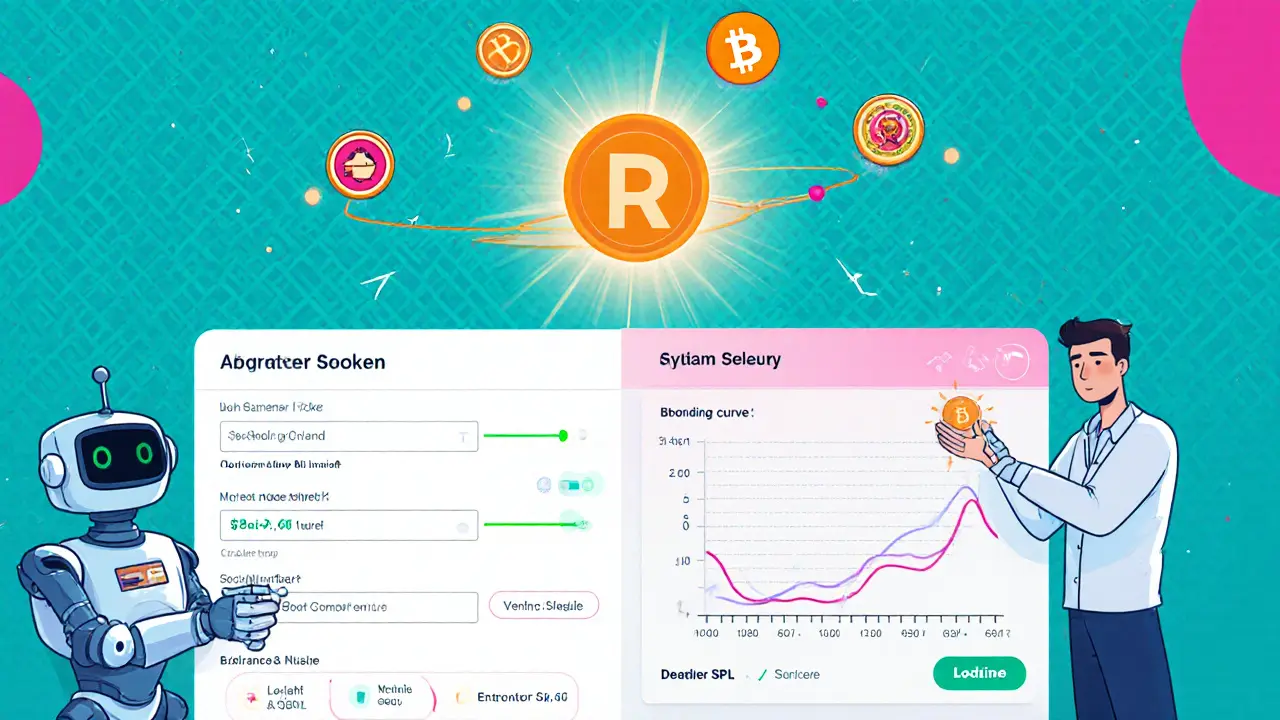
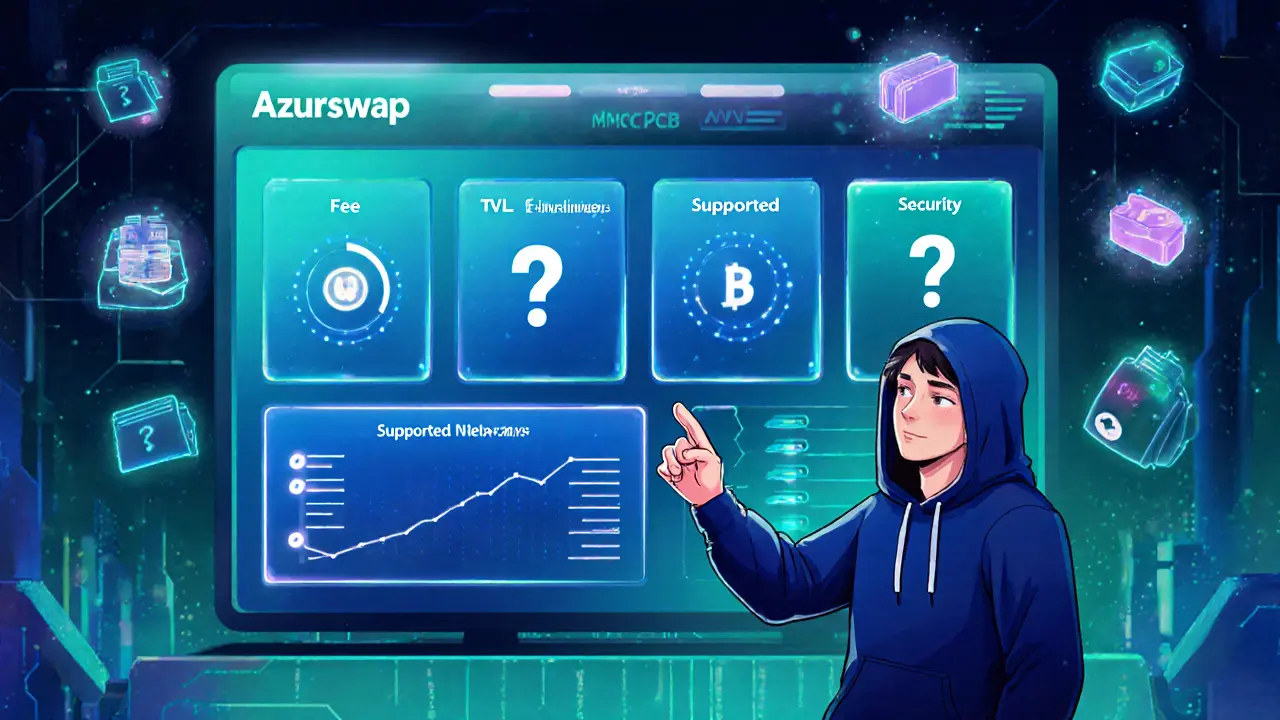
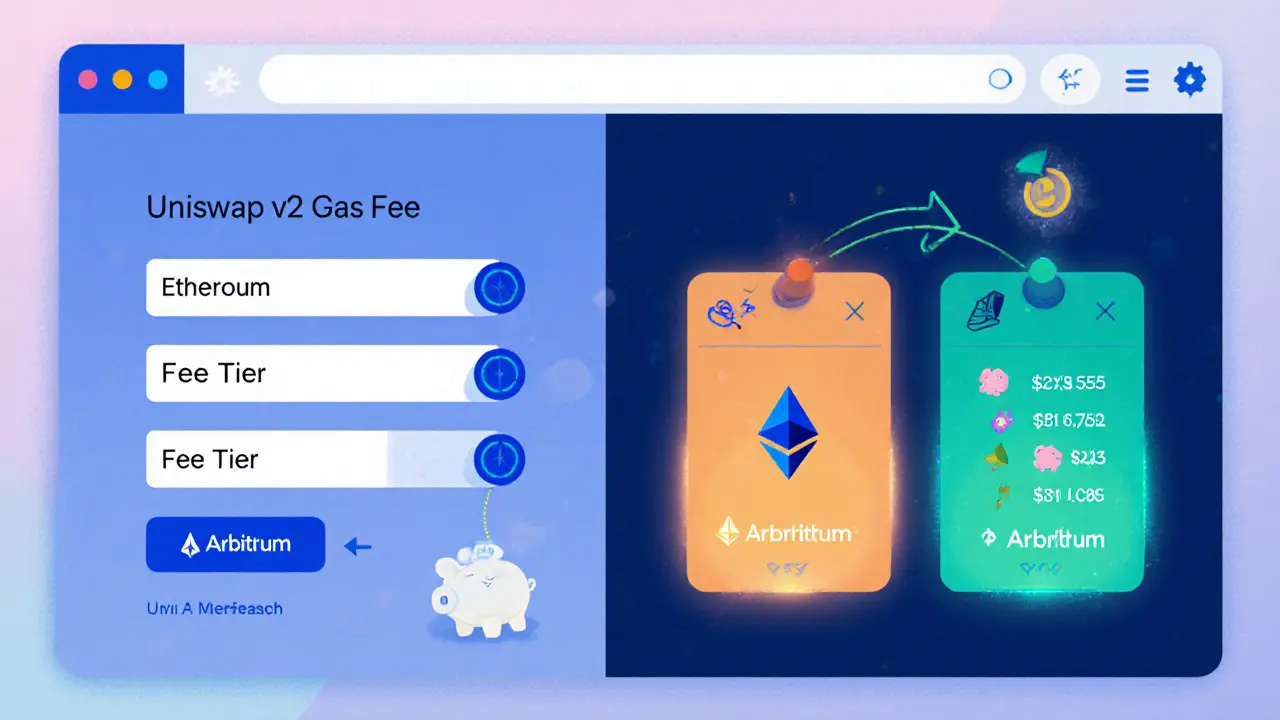
 Finance
Finance

